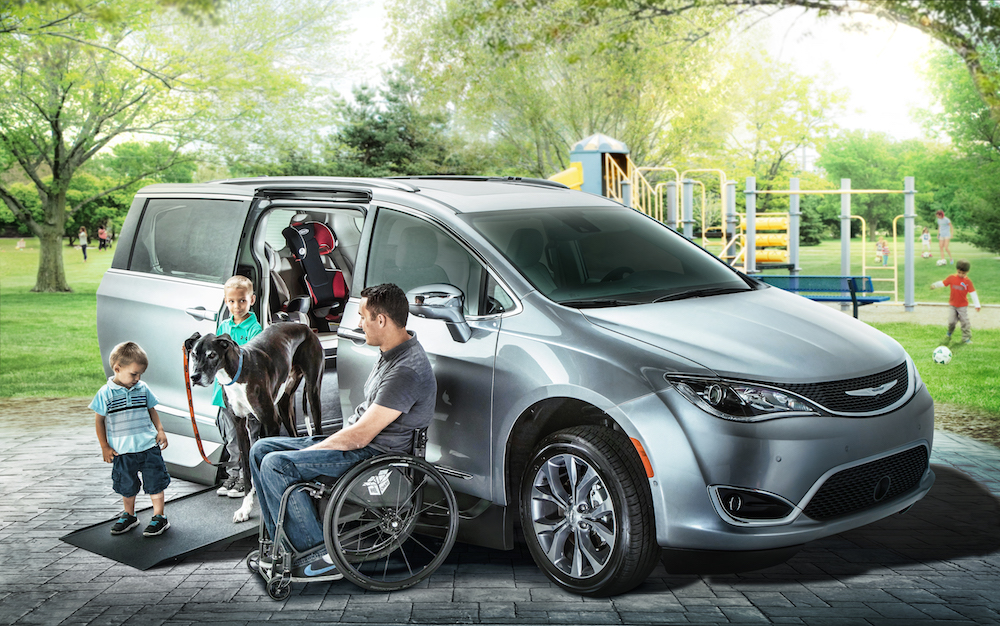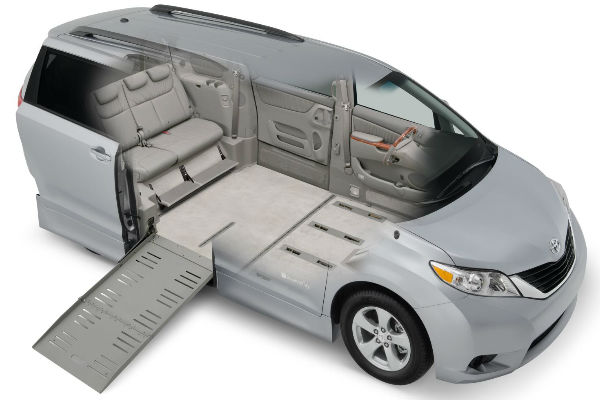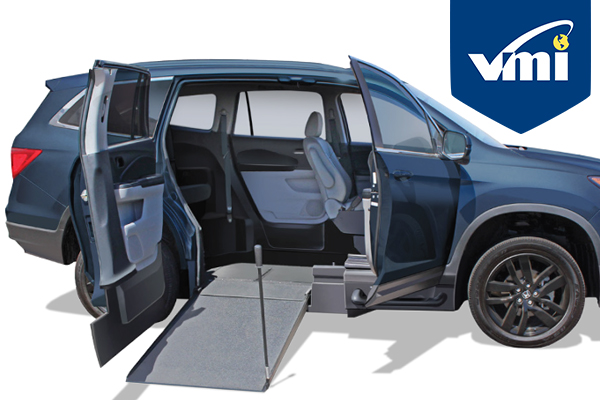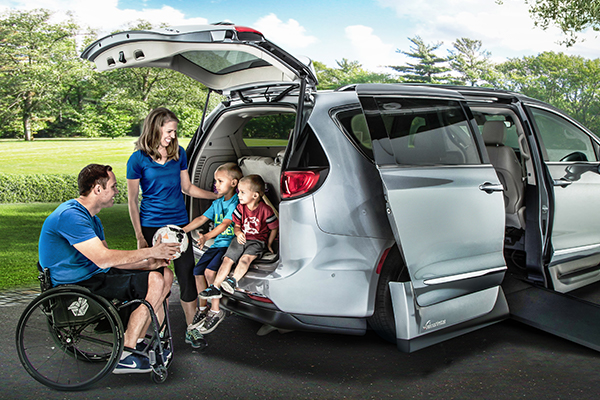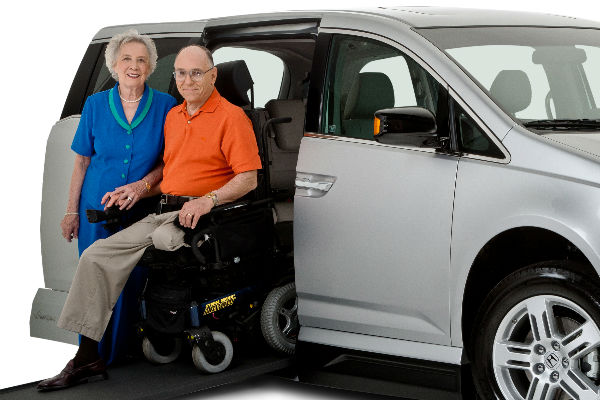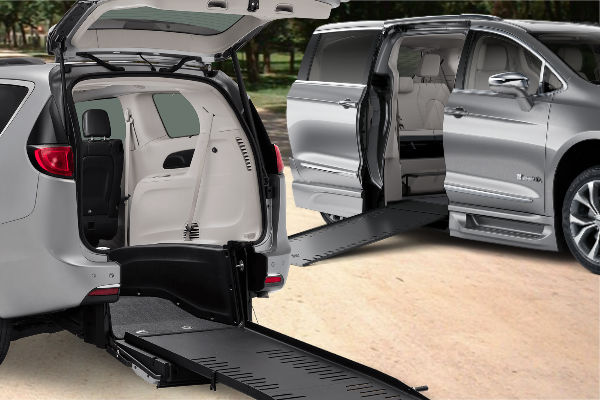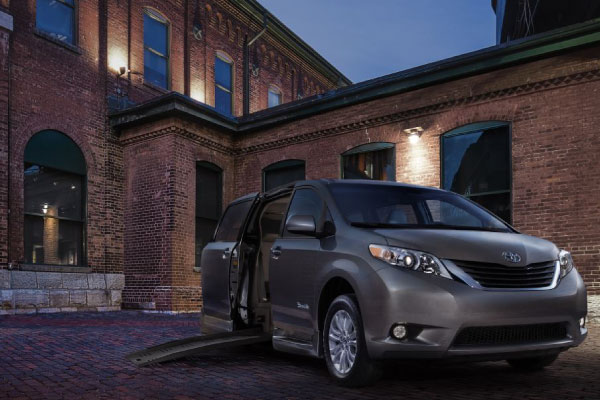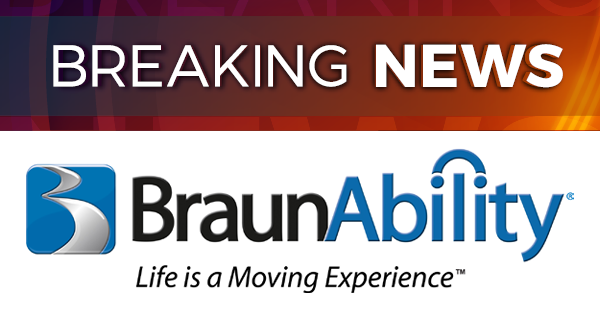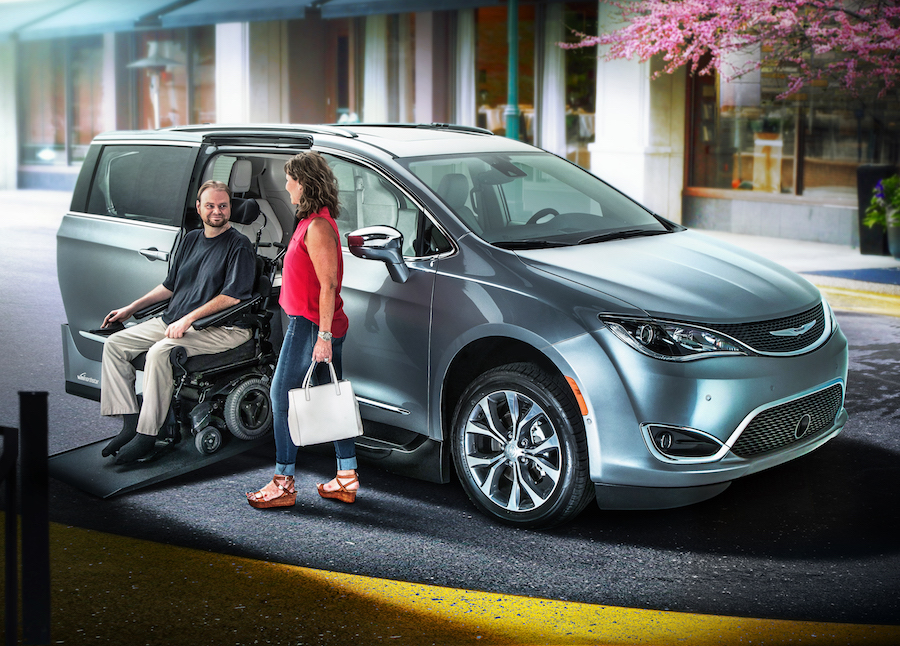Emergency Preparedness in Wheelchair Accessible Vehicles: A Guide for Safe Travels
Traveling in a wheelchair accessible vehicle (WAV) brings freedom and independence. Not matter what type of WAV you drive, be it a wheelchair van, wheelchair accessible SUV, or wheelchair accessible truck, it's crucial to be prepared for emergencies. Whether you're a driver or a passenger, understanding how to handle unforeseen situations can make all the difference. This blog post provides a quick guide to creating an emergency preparedness plan for your WAV.
Understanding the Risks
Start by assessing potential risks. This could include vehicle breakdowns, accidents, or health emergencies. Being aware of these risks is the first step in planning.
Essential Emergency Kit
Every WAV should have an emergency kit. Key items include:
- First Aid Kit: For minor injuries or until professional medical help arrives.
- Backup Medications: If you or a passenger has essential medications, keep an extra supply, if possible.
- Non-Perishable Food and Water: Enough for at least 24 hours.
- Blankets and Extra Clothing: To stay warm in case of breakdowns in cold weather.
- Charged Cell Phone and Charger: For communication and access to emergency services.
- Flashlight and Extra Batteries: In case of breakdowns at night or in poorly lit areas.
Vehicle Maintenance Check
Regularly inspect your WAV to ensure it's in good working condition. This includes checking the battery, tires, brakes, conversion operation, and wheelchair tie-downs or securement system. If your vehicle has any sort of backup or emergency battery system to operate the conversion, test it and ensure it is working properly and that the backup battery is charged.
Plan for Wheelchair Assistance
In case of a vehicle breakdown, have a plan for wheelchair assistance. This might involve a portable ramp or a contact list of local services that can provide immediate assistance.
Emergency Contact List
Keep a list of emergency contacts, including family members, friends, healthcare providers, and roadside assistance numbers. It can be handy to have a physical copy of the list in case access to cell phones and/or the internet is limited or not available.
Training and Practice
Regularly practice how to respond in different emergency scenarios. This could involve practicing evacuation drills or ensuring that all passengers know how to use the emergency kit. If your vehicle has any type of backup or emergency battery system, practice using it so you are familiar with how to operate it.
Accessibility of Emergency Tools
Ensure that all emergency tools and kits are easily accessible. This is especially important in a WAV, where mobility constraints might limit quick access to certain areas of the vehicle.
Being prepared for emergencies is an essential aspect of traveling in a wheelchair accessible vehicle. By understanding the risks, having an emergency kit, maintaining your WAV, and planning for unexpected situations, you can ensure a safer and more confident travel experience. Remember, the key to effective emergency preparedness is regular review and practice of your plan.
Stay safe and enjoy the journey in your WAV!
Contributor: Joseph Rached




































